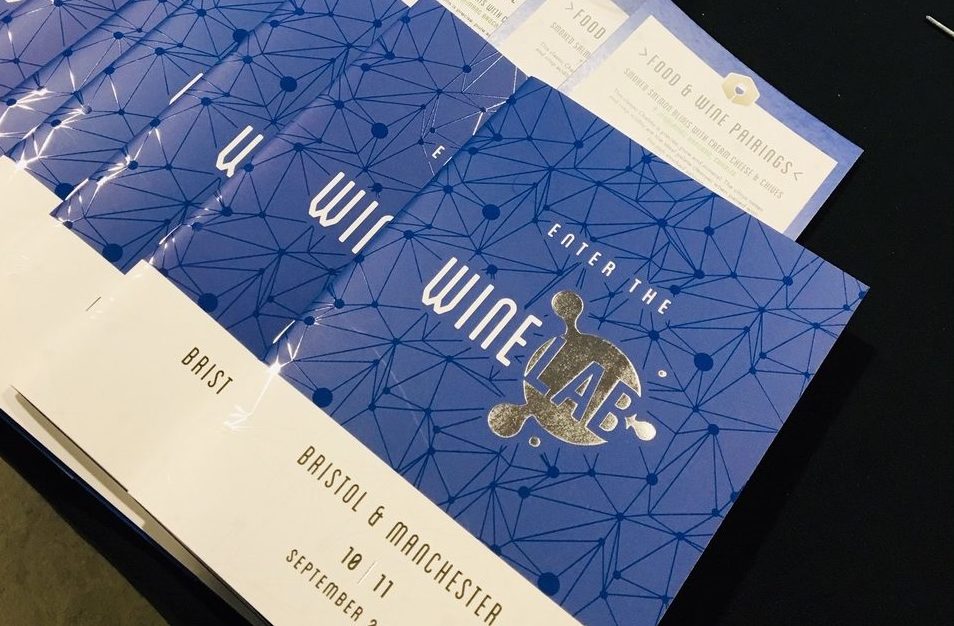Bouquets for Berkmann also for having a Negroni Experiment section and for also not placing it at the start of the Wine Lab tasting tour
One day, two cities, five tastings. Yup, it’s September and the gods of diary clashes are out in force. What’s a girl to do?
London, of course, is where the the vast majority of tastings take place, but importers are increasingly taking to the provinces to show their wares to customers who may struggle to find the time (and money) to head to the capital. Tempted though I was to schlep to the smoke for Liberty, Dirty Dozen and Graft, on this particular day I had to stay in my home town of Bristol so headed instead to Berkmann’s tasting, billed as ‘The Wine Lab’. No white coats were involved, but this was a tasting with a difference and I’m very glad I went.
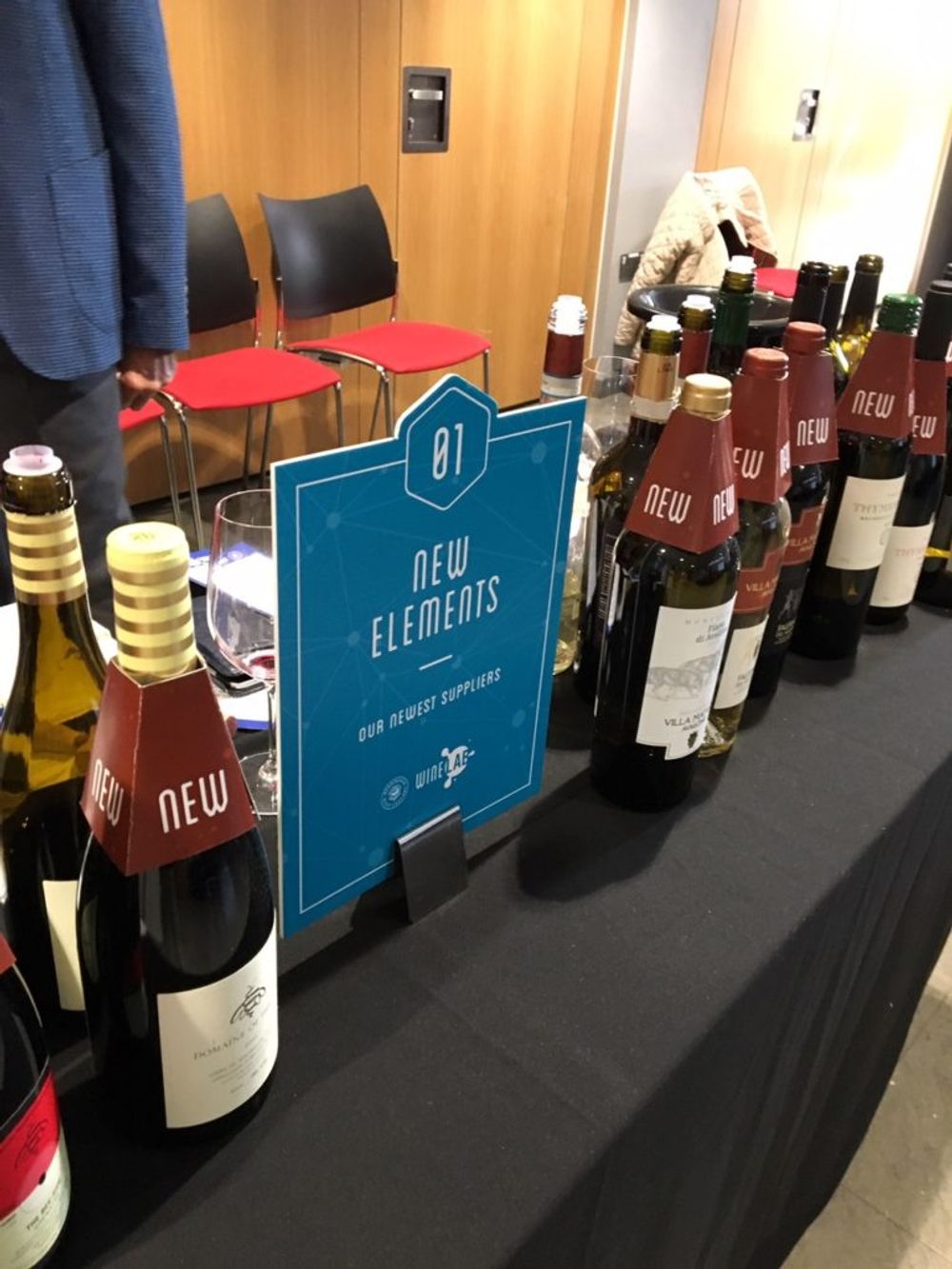
Tables were categorised by themes, mixing up styles of wine on each which I found a really good way of keeping one’s palate on its toes, and prevented that ennui that can so easily set in at large tastings.
First up, the ‘New Elements’ table showing wines from six smart new suppliers. The Bee-Side Grenache 2017, £11.57 from Domaine of the Bee, Justin Howard-Sneyd’s set-up in Roussillon, bursts with cherry-bright fruit and a precise minerality – just the thing for the change of the seasons – but the star for me was the T-Oinos Clos Stegasta Assyrtiko 2018, £38 from the Greek island of Tinos. The price reflects its quality – taut with lemony acidity and a distinct salinity that holds together with incredible length. Louis Robuchon, son of Joel, describes it as “undoubtedly one of the best white wines in the world,” who am I to disagree?
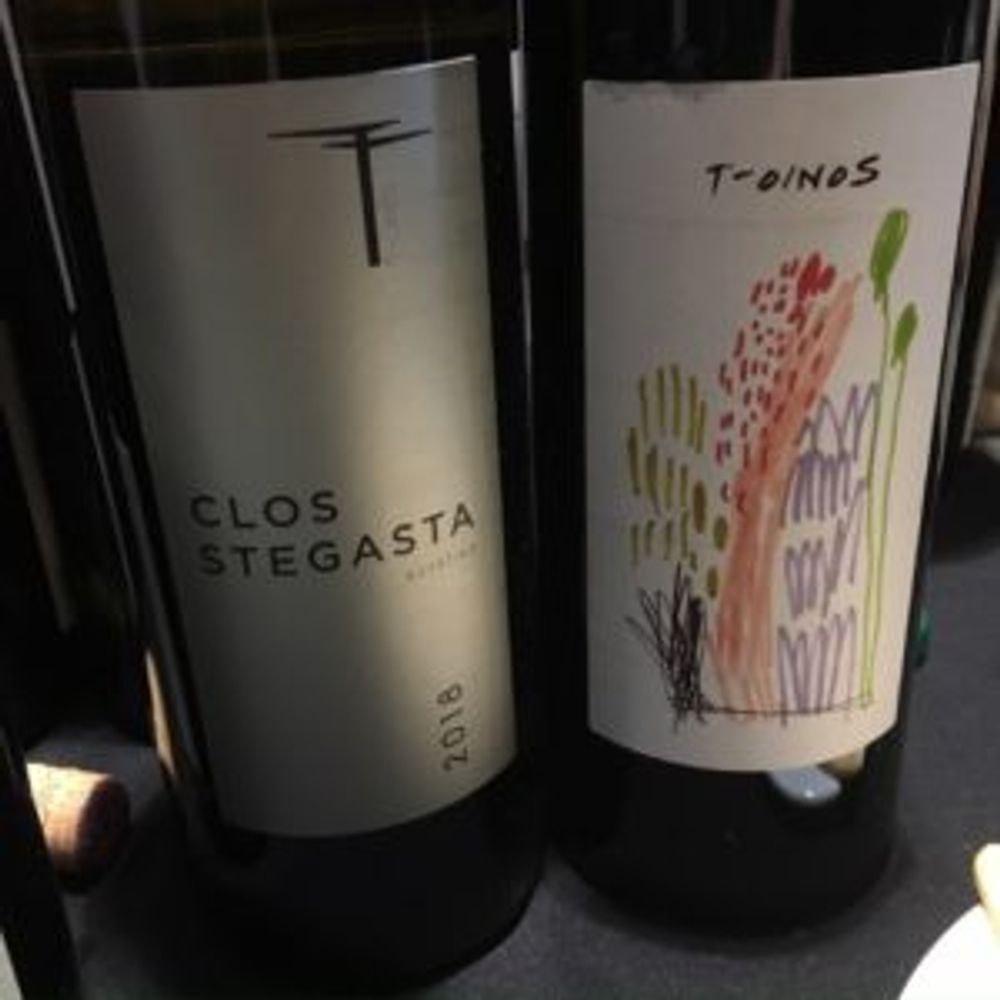
On to ‘Trend Labs’ on Table 2 – wines that reflect the latest trends, with interesting stats in the tasting book showing the growth in Berkmann’s on-trade sales in January-July 2019 from the same period in 2018. English sparkling wines are up a whopping 42%, Germany shows 26% growth while white wines from Sicily are up 24%. My standout was an immaculate orange wine (34% growth) from Chile’s Itata Valley – Lapostolle Collection Muscat 2015, £14.98 which is aged under flor and has Muscat’s distinctive fragrance layered with tangerine peel, honey and an attractive whiff of smoke.
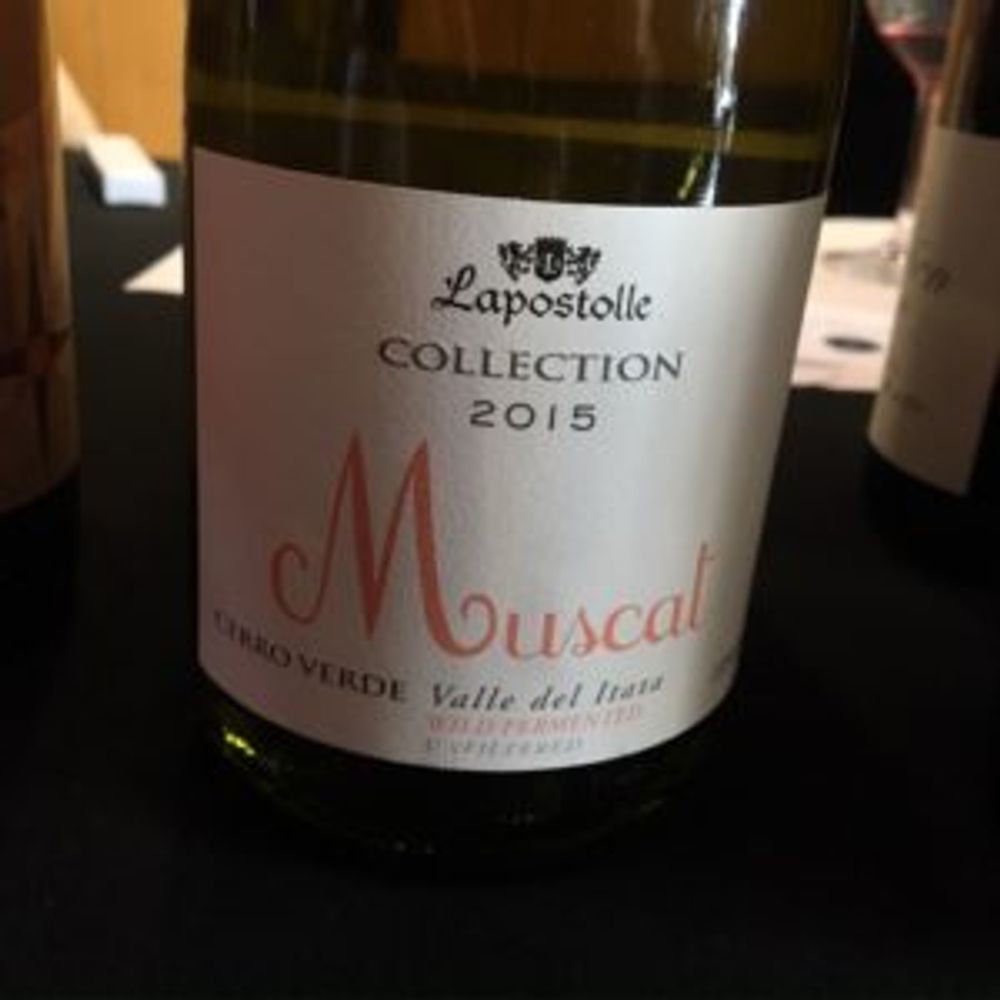
The ‘New Frontiers’ table showcased wines from emerging regions including Canada’s Okanagan Valley and Sierra de Salamanca in Spain. Casa Valduga Terroir Cabernet Franc 2015, £10.35 from Campanha in Brazil, bordering Uruguay, carries an intense violet perfume with gentle oak and a snappy freshness – a well-priced choice for those looking beyond the Loire.
Next was ‘Rare Elements’ – wines made from ultra-rare grapes.Tempranillo blanco (a spontaneous mutation that occurred in Rioja in 1988) caught my eye in Bodegas Valdemar’s Inspiraciõn Valdemar 2017, £12.83, as did the very pretty Tenuta Regaleali Perricone ‘Guarnaccio’ 2017, 13.22 from Sicily, both of which would sit very happily on an interesting by-the-glass list, but the one I’d drop my metaphorical knickers for is Drappier’s ‘Quattour’ NV Champagne, £59.71, an equal blend of Chardonnay, Blanc Vrai (Pinot Blanc), Arbane and Petit Meslier, made by the world’s first carbon-neutral Champagne house. Outstanding poise and energy; aromatic but with a dramatic flinty finish.
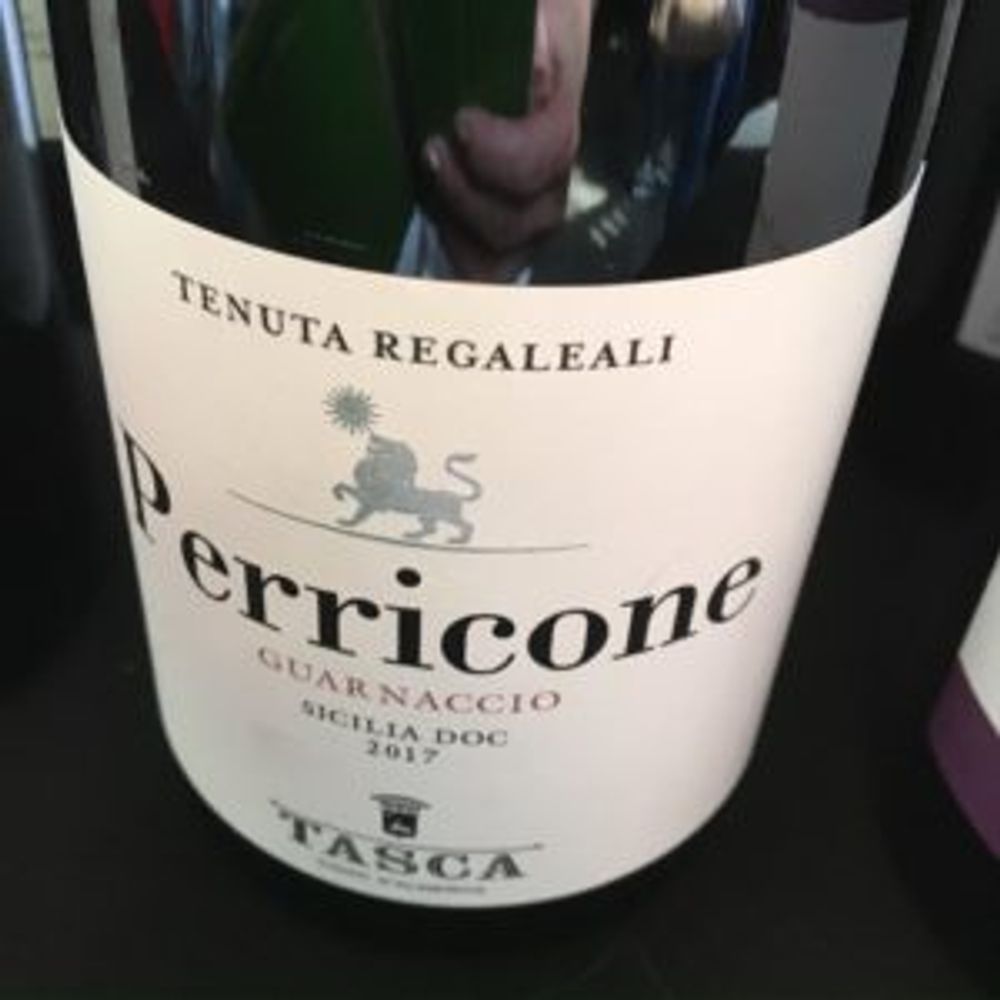
‘Varietal Trails’ featured familiar grapes cropping up in unexpected places, including Albarino from Cooper’s Creek in New Zealand, Chilean Gewürtzraminer from the mighty Morandi, and Fiano, Dolcetto and Nero d’Avola appearing as single varietals in South Australia’s Unico Zelo range of splendid, snazzily labelled wines which all come in at £15. My top marks went to Sauska Pinot Noir, 2106 £14.76 from Tokaj in Hungary, ethereal and totally charming with a whispering palate of crunchy berries and Tokaj’s characteristic volcanic minerality.
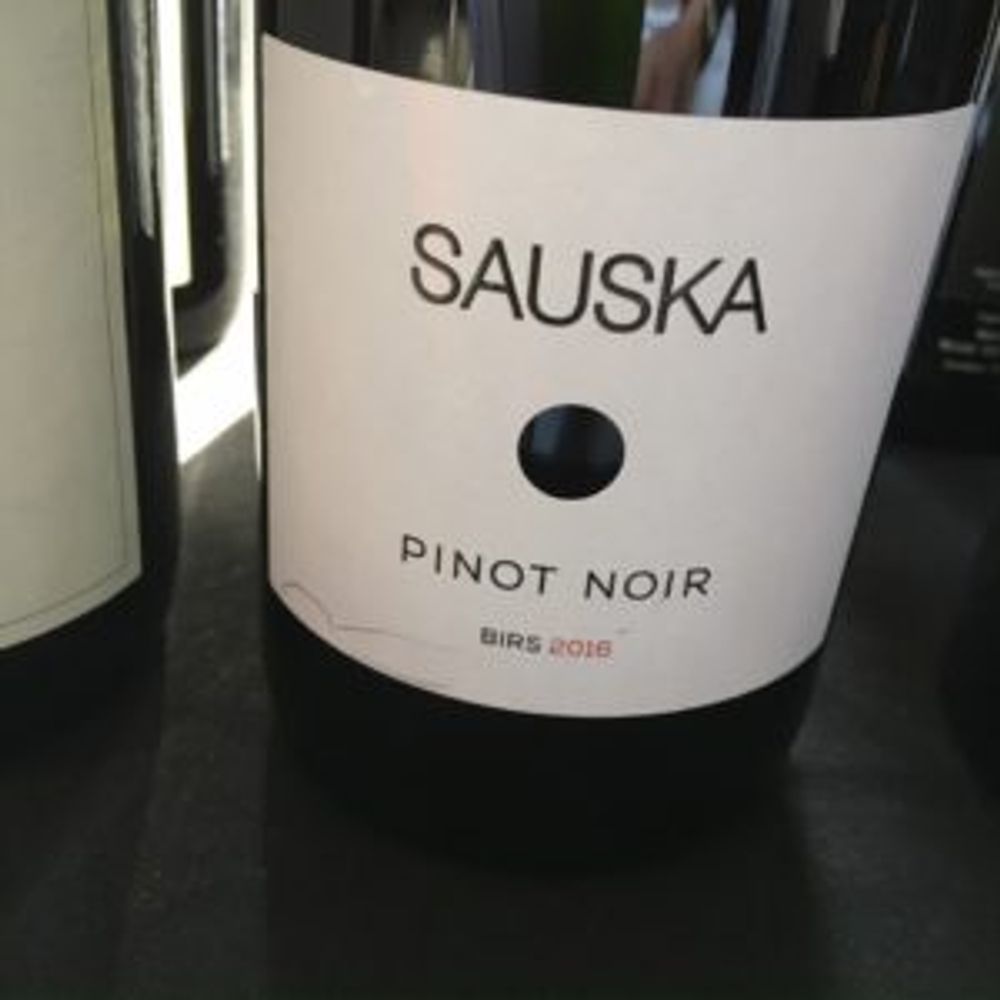
Wineries showing real commitment to the increasingly important issues of sustainability in viticulture, production and packaging, as well as to social responsibility, featured on the ‘Green Harvest’ table. Lots to like at attractive price points here – Pratello Lugana Catulliano, 2018 £10.89, a crisp, peachy 100% Turbiana, Mahi Marlborough Sauvignon Blanc £10.98,proudly Kiwi but holding back on the cat’s pee, and Finca Decero The Owl & The Dust Devil, 2015 £13.07, a 1050m single vineyard Cabernet Sauvignon/Malbec/Petit Verdot/Tannat blend from Mendoza rippling with rich and spicy dark-fruit muscles along with sexy aromatics and lovely silky tannins – but if money were no object, mine would go on Sonoma’s Radio-Coteau La Neblina Pinot Noir, 2014 £40.41, for its shy, plummy fruit and delicate, savoury notes of mint and liquorice.
Then the ‘Festive Classics’ selection – tip-top Burgundies and Bordeaux along with some more outré offerings including Ca’ del Bosco Franciacorta Cuvée Prestige £26.59, ripe and yeasty with lively bubbles and a long, dry finish, B. Rodriguez La-Cave Amontillado Goyesco £9.83, a winner for Christmas (and too good for granny), and Prunotto Moscato d’Asti, 2018 £10.39, sweet but not cloying and with an on-trend 5% abv.

The latter wine comes from the Antinori empire, whose brand ambassador Luca Soldo presented a masterclass of some of their Chianti gems. The 100% Sangiovese Badia a Passignano Chianti Classico, 2015 and 2013 vintages were followed by the 2016, 2013, 2011 and 2009 of their iconic Tignanello Super Tuscan label, producing audible swoons from the fortunate few who had secured a place at the table. Alex Ferguson, Meghan Markle and Boris Johnson are all big fans of what I learnt is known as ‘Tig’ to its aficionados, but don’t let that put you off. These are heavyweight wines at heavyweight prices; the 2011 was my favourite – powerful and polished with seductive layers of cherry, rose petals, tobacco and exotic spices – but I wouldn’t kick any of them out of bed for leaving crumbs, so to speak.
A ‘Sensory Exploration’ table showed white Burgundy, Alsatian Gewürztraminer, Langhe Nebbiolo and a sweet Tokaji alongside lemon slices, a bowl of salt, spicy nachos and shortbread. A simple demonstration of how different wines work with different flavours, but useful nonetheless. I skipped the ‘Neuroenology’ table – a blind tasting challenge – due to lack of time and headed to the ‘Negroni Experiment’ table.
Sensibly placed at the end of the route, this ran ongoing 15-minute sessions showing new vodka, gin, rum and mezcal along with Mancino vermouths and, in place of Campari, Rinomato L’Aperitivo Deciso, all mixed into different riffs on the Negroni. I left before things got dangerous.
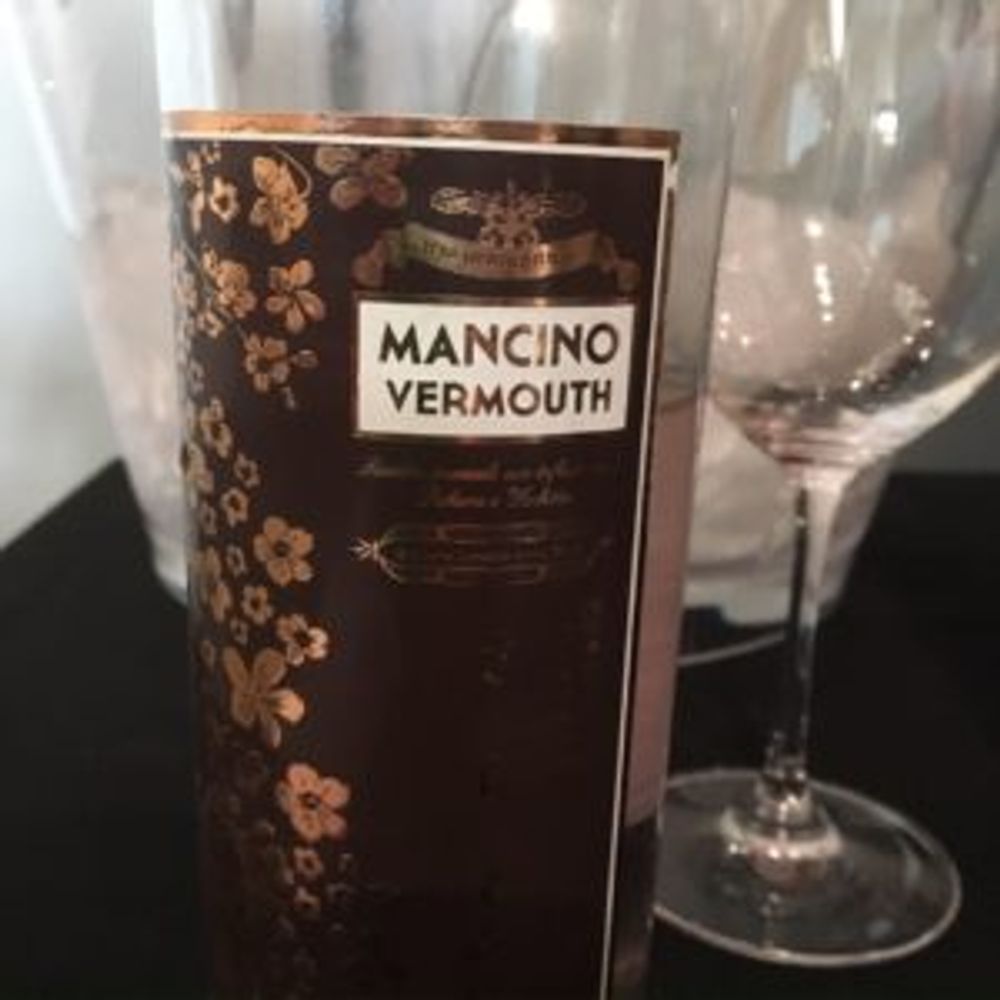
The crusty old farts in red trousers are a dying breed in the wine buying industry; their replacements are keen to engage with suppliers and their wines in a different way. In an increasingly competitive marketplace, this tasting reflected the trend of importers not only taking their wines to the regions, but also turning away from traditional tasting formats and tempting prospective buyers with more exciting, engaging events. Bring it on, I say. But always leave the Negronis till last.
All prices Duty Paid Delivered
